I was struggling with old, worn out jeans. I didn’t want to throw it out, let alone can’t fix it. So, I google to find a solution for it. Google told me to do a bar tack stitch. But the term was new to me. I saw many tacking stitch pictures. But couldn’t understand bar tack. So, i again searched what is a bar tack stitch.
It is basically,
Bar Tack Stitch
A bar tack stitch is a row of tightly spaced zig-zag stitches. It is used to reinforce areas of fabric, such as pocket openings or belt loops, preventing them from tearing. That’s the main purpose of bartack stitch.
However, as a sewing freak, it wasn’t information for me. 😜 I needed to learn more about it, so I dug in more and found more details. Let me share it with you.
At A Glance:
- Bar tacks resemble a series of short, zig-zag stitches in a rectangular shape.
- Bar tacks are especially suitable for pocket openings
- There are 4 types of bar tack stitch.
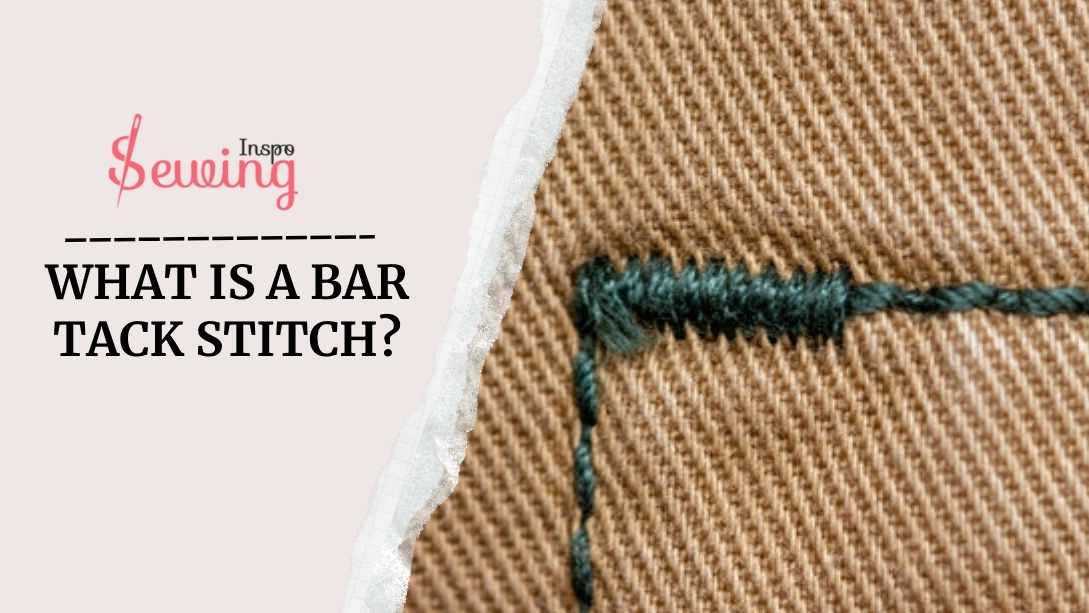
Table of Contents
What Is A Bar Tack Stitch?
A bar tack stitch is made up of closely spaced zig-zag stitches that strengthen parts of a garment that are likely to experience stress or wear. This is the strongest among all examples of tacking stitches.
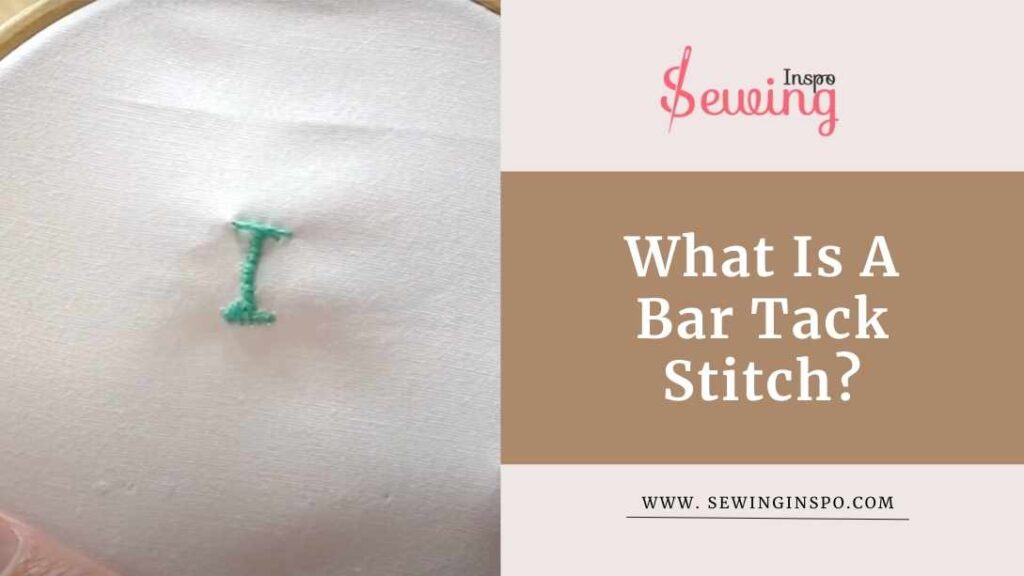
Bartack Stitch Type
This is the total opposite of a diagonal stitch. You usually find bar tacks at places like pocket openings, buttonholes, belt loops, and the bottom of a fly opening. Bar tack stitch can be done with 2 kinds of stitches,
- Whipstitch
- Zig zag stitch
If you sew a tacking stitch with your hand, a whipstitch is used to bar tack. A zigzag stitch is used to sew with a bartack sewing machine. It isn’t that long, so it is considered an easy stitch.
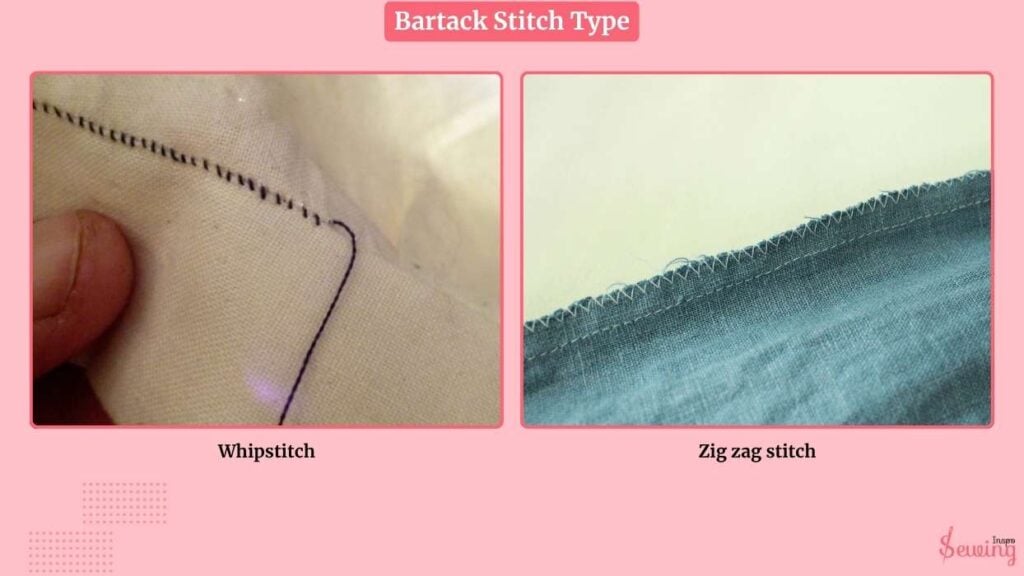
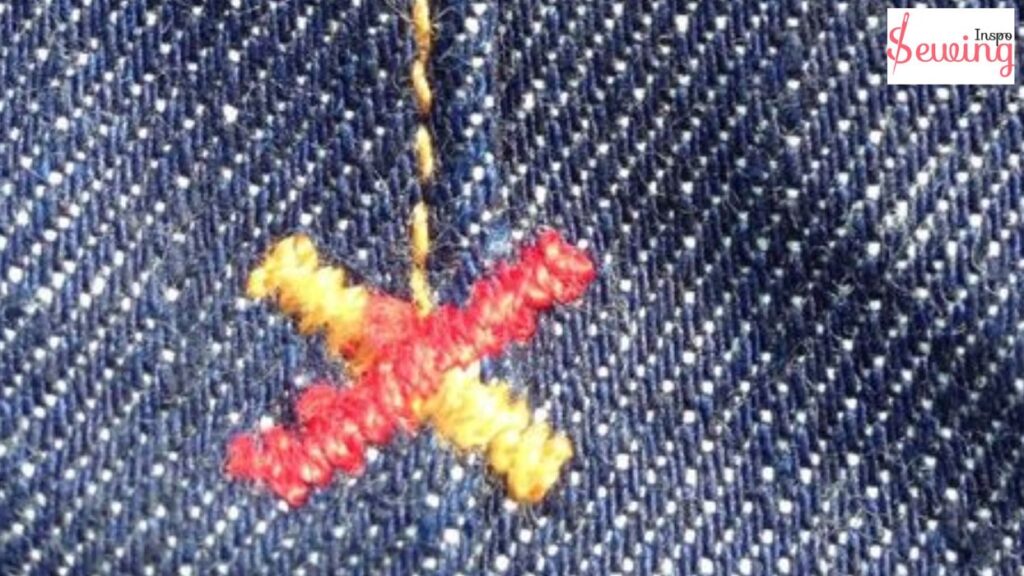
However, the hand bar tack stitch is kinda tricky but not impossible. You just gotta mindful about the length.
The bar is typically about 1/16 to 1/8 inch wide and 1/4 to 3/8 inch long. Sometimes, especially in jeans, the bar tack is made in a contrasting color for extra flair.
That’s why it has become my favourite stitch from the list of sewing stitches.
Example Of Hand Sewn Bar Tack
Now you must be thinking, what does bar tack stitch look like? Well,
A bar tack stitch typically resembles a series of short, zig-zag stitches forming a dense, rectangular shape. It is also similar to a thick line or small patch of overlapping stitches.
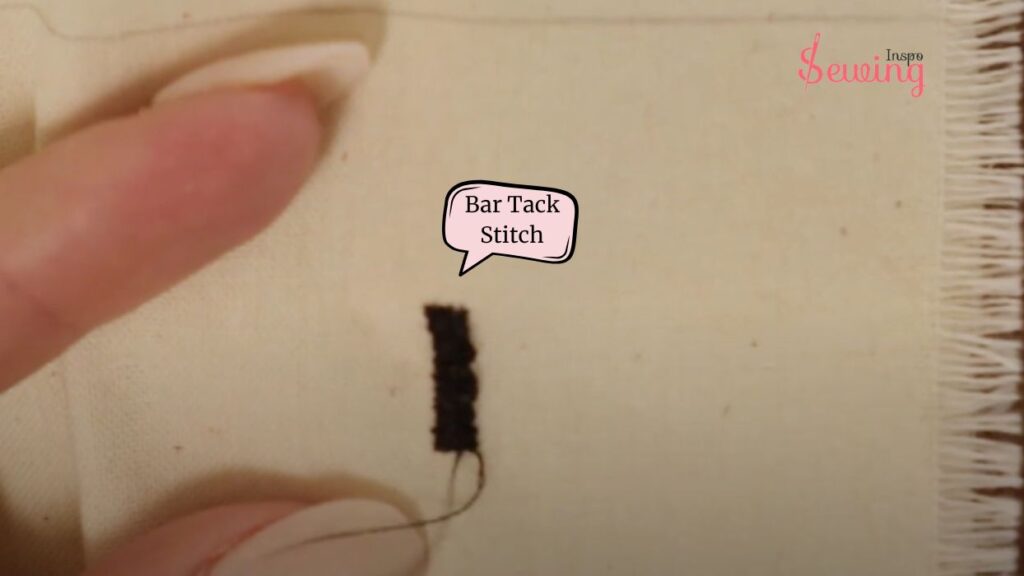

Bar tack stitches are often found at stress points like pocket openings or belt loops. That’s the most used place for bartack stitch.
Looking at it reminds me of Grandma’s saying,
Like the steadfast bar tack, strength lies in the details—in the small stitches that hold together the fabric of our creations. Bartacking is the easy way to hold it together.
If you want a clear idea of bar tack, then watch this video
Bar Tacking Stitch Purpose
The purpose of a bar tacking stitch is to reinforce areas of a garment that are subject to stress or wear, ensuring they remain strong and durable. Bar tacks are commonly used at
- pocket openings
- Buttonholes
- Belt loops
- Fly openings
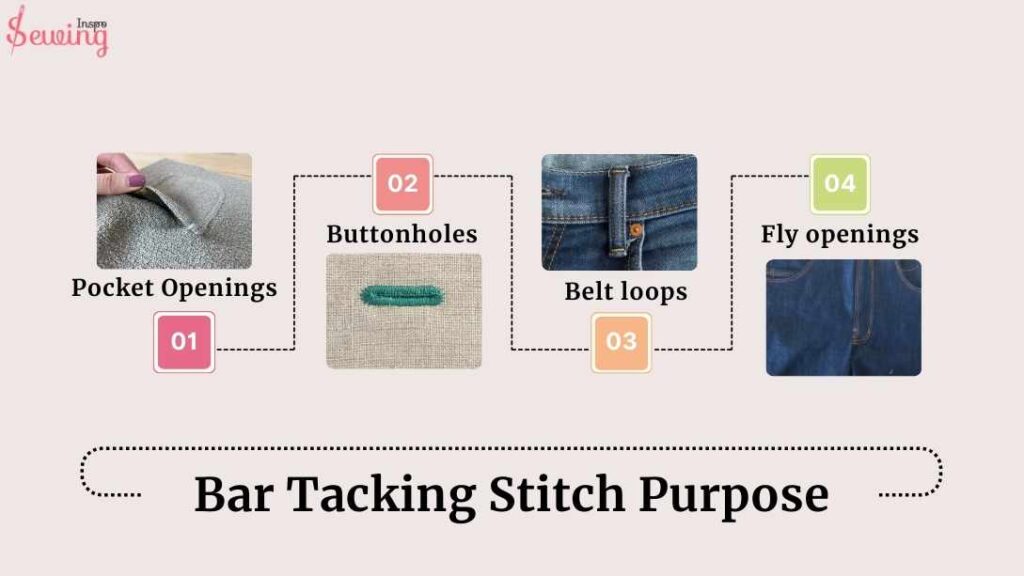
They add structural support, helping garments withstand daily use while offering a neat, professional finish. The main point is to do a bar tack to add extra strength wherever you need. It will keep your stitch together. But if you asked where the bar tack stitch is most suitable, 🤔
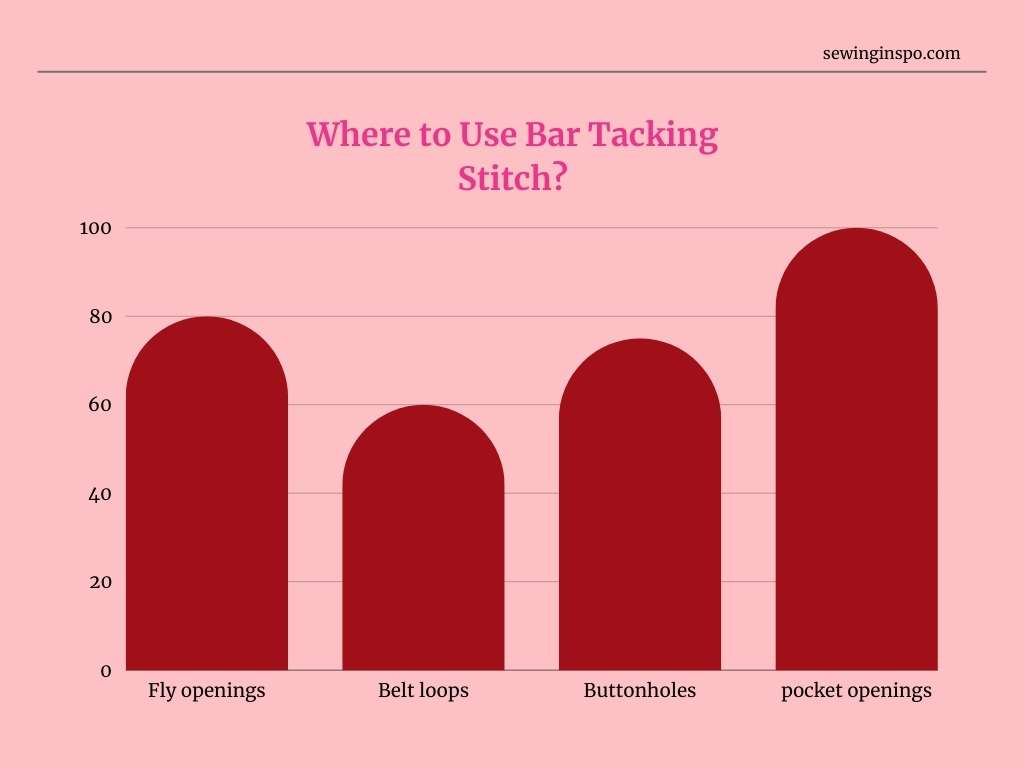
Well, then, the bar tack stitch is most suitable for pocket openings. That’s why you see this in every jeans pocket area. If you wish to see bar tacking, then take a pick in your jeans.
What? Does this information make you curious to learn how to do bar tack stitch? Then, read out our article.
Bar Tacking Stitch Types
There are mainly 4 types of bar tacking stitch,
- Denim bar tack
- Decorative bar tack
- Cross bar tack
- Leaf bar tack
Different types of bar tacks are used in various scenarios. Let’s give an idea.
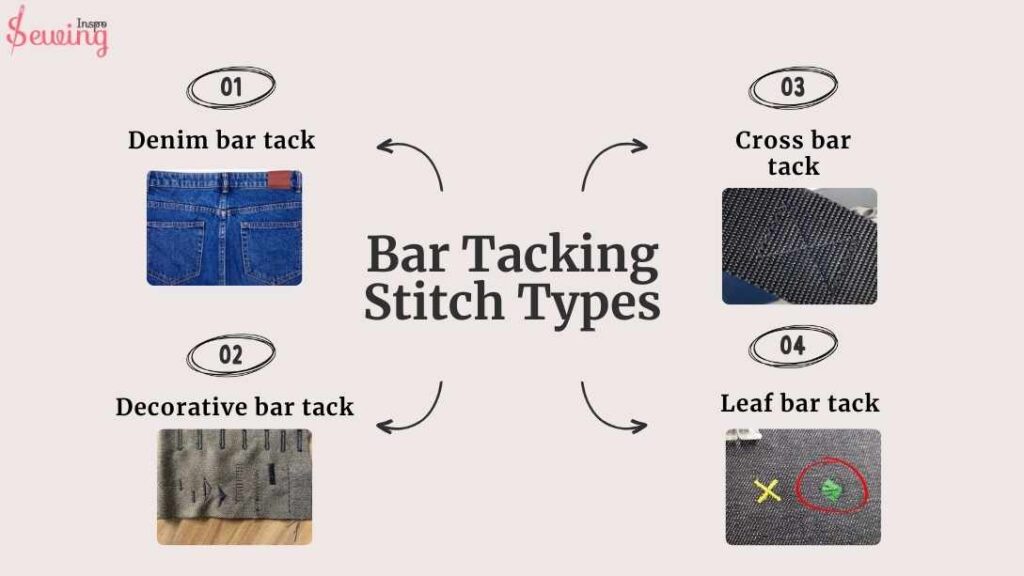
Denim Bar Tack
A denim bar tack is a specialized type of bar tack stitch used to reinforce areas of denim garments, such as jeans. Given denim’s weight and durability, bar tacks ensure that stress points can withstand regular wear and tear. Bar tacks on jeans are the most used. And you will find Bar tack pocket more often.
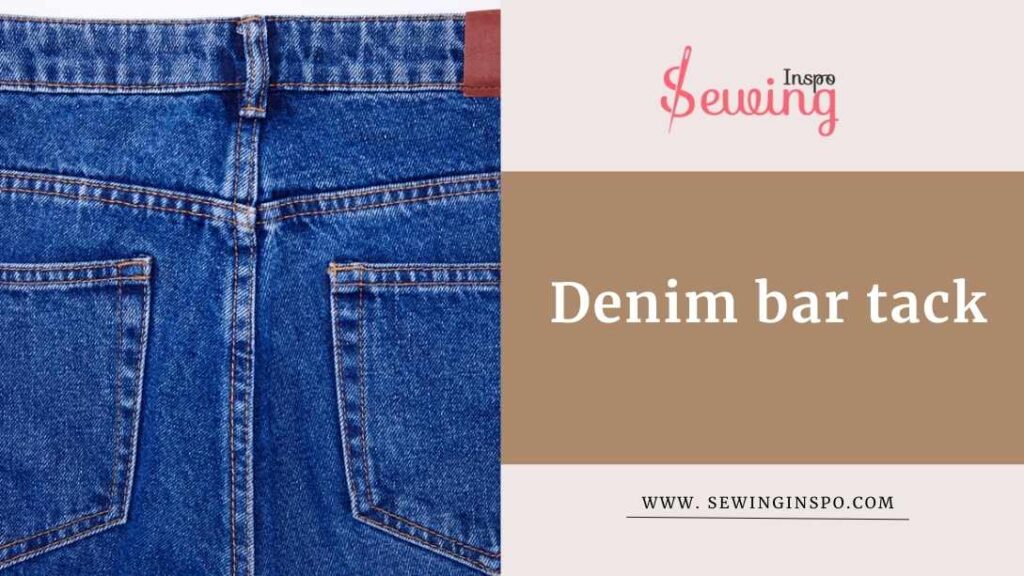
When creating a denim bar tack, use polyester sewing thread and a 90\14 size needle. That’s perfect for stretch fabrics.
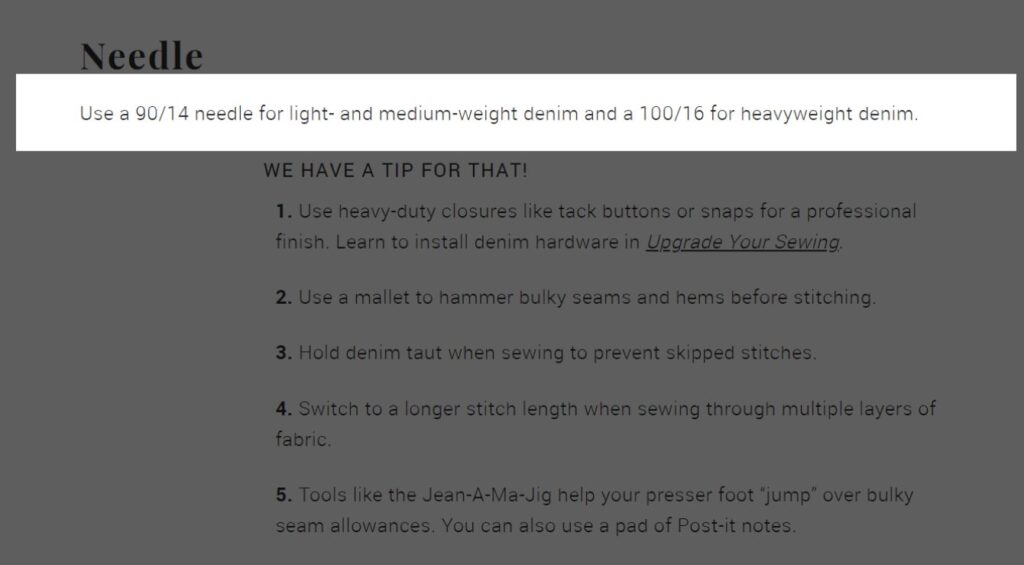
The bar tack is typically sewn with a zig-zag stitch to create a dense, secure hold. The width and length of the bar tack can be adjusted based on the thickness of the denim and the specific application. Sometimes, you can even spot long tacking stitches here.
Decorative Bar Tack
A decorative bar tack adds reinforcement and style to a garment. Unlike standard bar tacks, which focus solely on function, decorative bar tacks can be designed in various colors, patterns, or even with different stitch types to enhance the piece’s overall look. This is similar to an even tacking stitch.
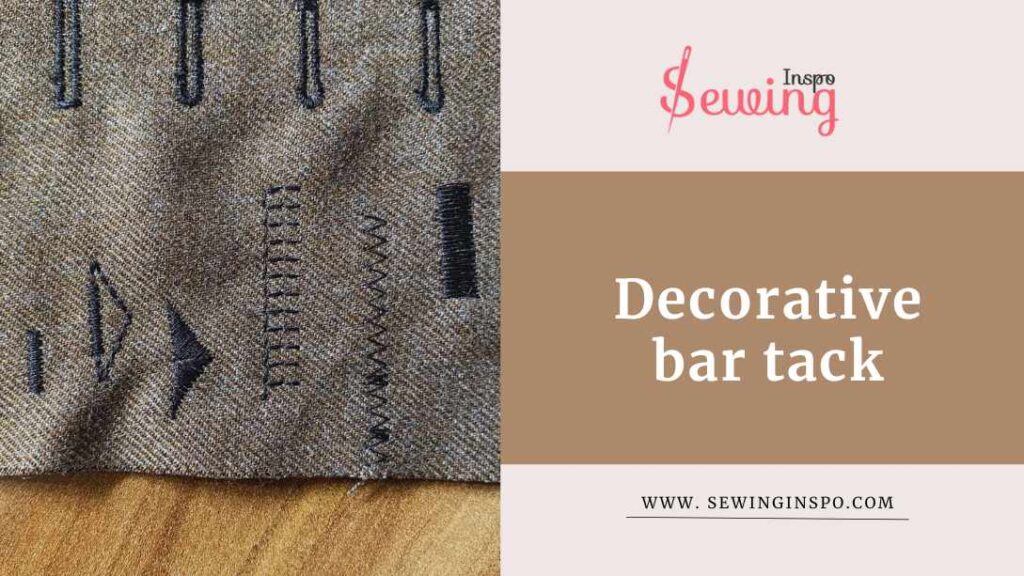
Here are some ideas for incorporating decorative bar tacks:
- Contrasting Thread: Use a thread color that stands out against the fabric, creating a visual focal point at pockets or seams.
- Unique Stitch Patterns: To add a creative touch, experiment with different stitch styles, such as scallops or waves, instead of the standard zig-zag.
- Embellishments: Add tiny beads or sequins to the bar tack for a fun and eye-catching detail.
- Placement: Consider using decorative bar tacks in unexpected places, like along the sides of pockets or as accents on hems.
Using decorative bar tacks lets you combine functionality with flair, making your sewing projects uniquely yours! Rather than that you can even do bar tack stitching for some decorative touch. Never hesitant to experiment.
Cross Bar Tack
A crossbar tack is a unique type of bar tack stitch that forms an “X” shape, providing both reinforcement and decorative flair. The crossed stitches create a stronghold, helping to prevent fabric from tearing or fraying at critical points.
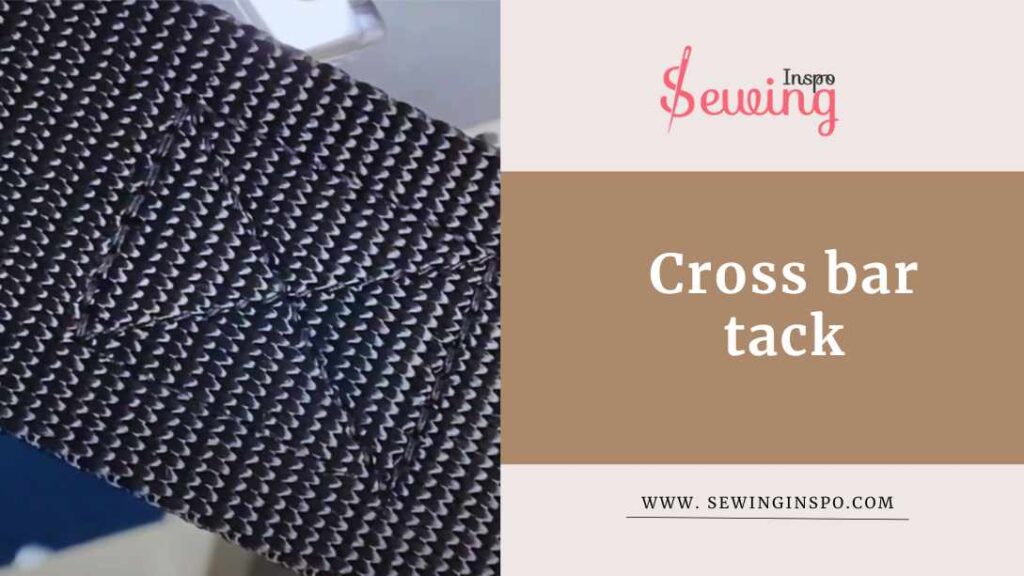
In addition to its functional benefits, the X shape adds a visually appealing detail, allowing you to incorporate style into your sewing projects.
You can create a cross bar tack using a sewing machine with a zig-zag stitch setting, manually stitching an X, or utilizing specialized stitch functions available on more advanced machines.
Leaf Bar Tack
A leaf bar tack is a decorative stitch that mimics the shape of a leaf, combining functionality with artistic flair. This type of bar tack can be done in various thread colors to contrast with the fabric or match it for a subtle look.
The leaf design adds a whimsical touch to your sewing projects. It is an excellent choice for casual wear, children’s clothing, or any item where a bit of creativity can shine through.
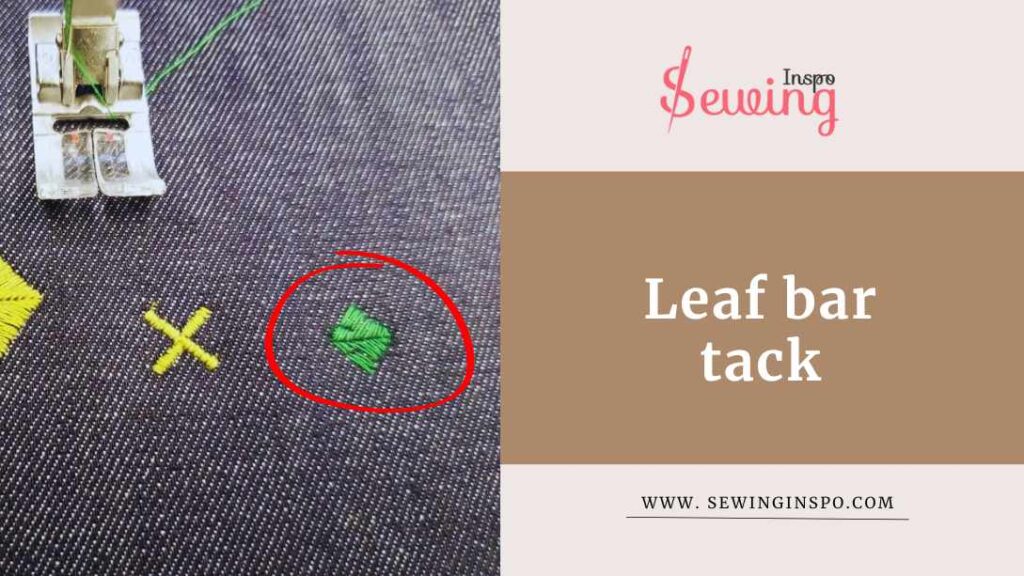
Leaf bar tacks reinforce critical areas and showcase your unique style. 🌿 If you want to have fun with hand sewing stitches, go with leaf bar tacks.
I have found this about bar tack stitch. Now, do you want to know which one is my favorite?
Then leaf bar tack is one of my favorite.
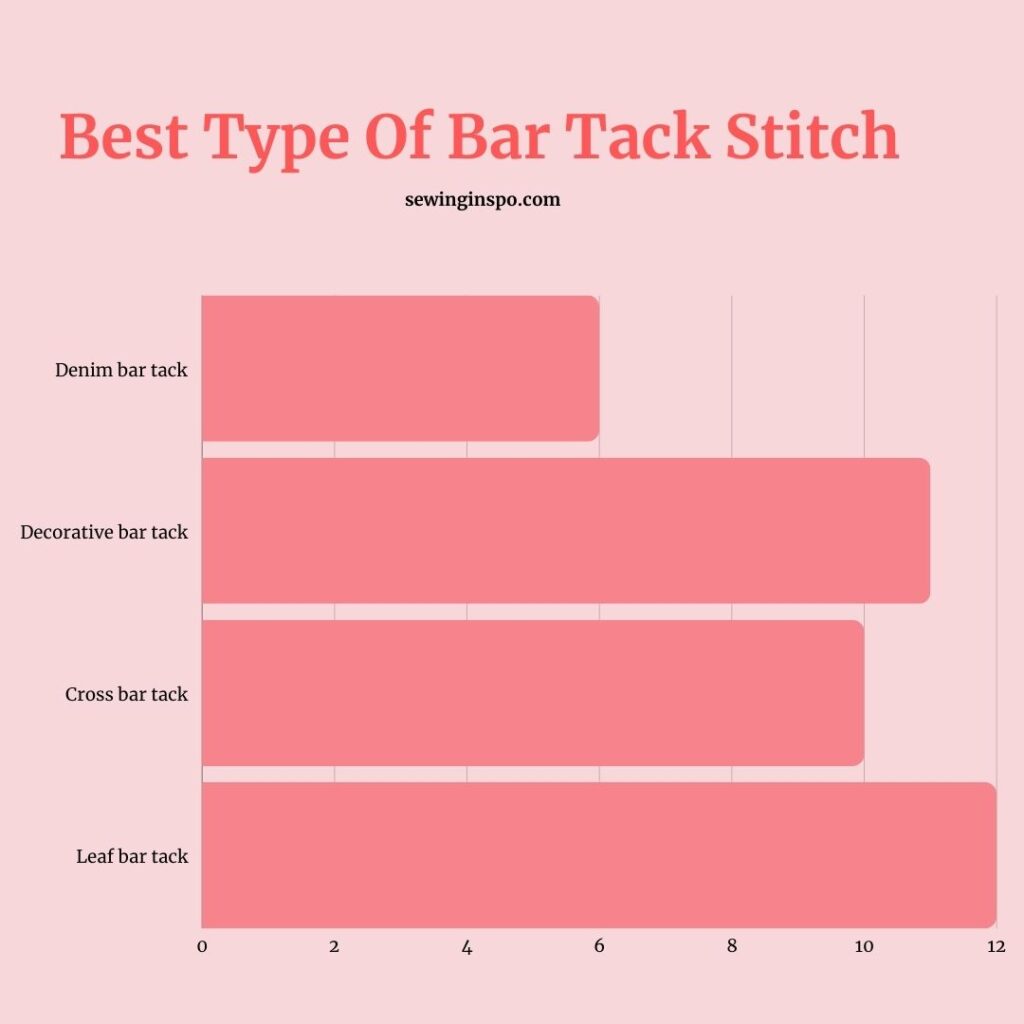
Bartack Stitch Patterns
After learning about Bartack stitch, I had to try it on a few things. Here, have a look i have tried with bar tacking stitch-

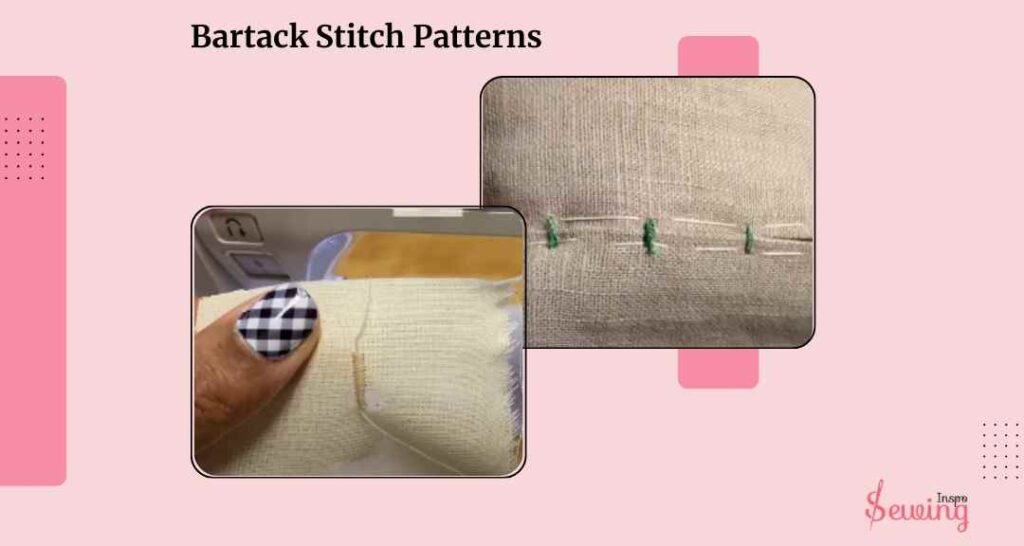
What Is The Width Of A Bartack Stitch?
Typically, the width of a bar tack stitch is between 1/16 and 1/8 inch (1.6 to 3.2 mm). Bar tacks have closely spaced zig-zag stitches, usually about 1/2 to 3/4 inch long. Remember that the size can change depending on what you’re working on!
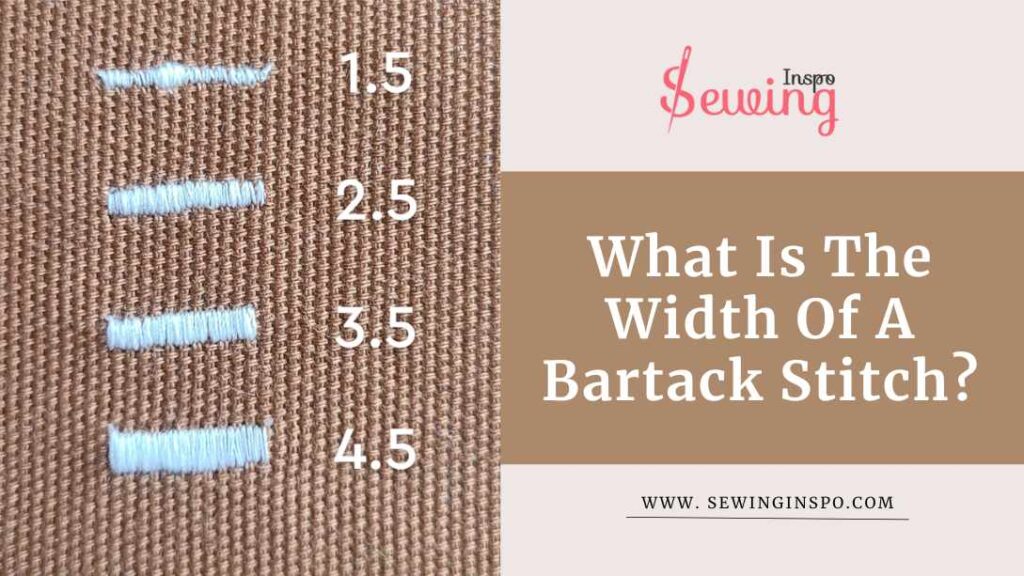
But the rule of thumb is-
The length of a bartack stitch is 0.3 to 0.5 mm and a width of 2 to 3 mm.
It’s a good idea to test scrap fabric first to see what works and looks best for your project. Different fabric and thread thicknesses can give you varying results.
What Is Bar Tacking On A Flag?
Bar tacking is the reinforced stitching used to secure specific areas on a flag, often at the corners or edges. This technique helps prevent fraying and damage. It ensures the flag can withstand wind and weather conditions. Bar tacks provide added durability, especially when the flag is attached to a pole or experiences stress from movement.
You can sometimes even spot box stitch. If you don’t know the difference between bar tack vs box stitch, then it can be difficult to spot.
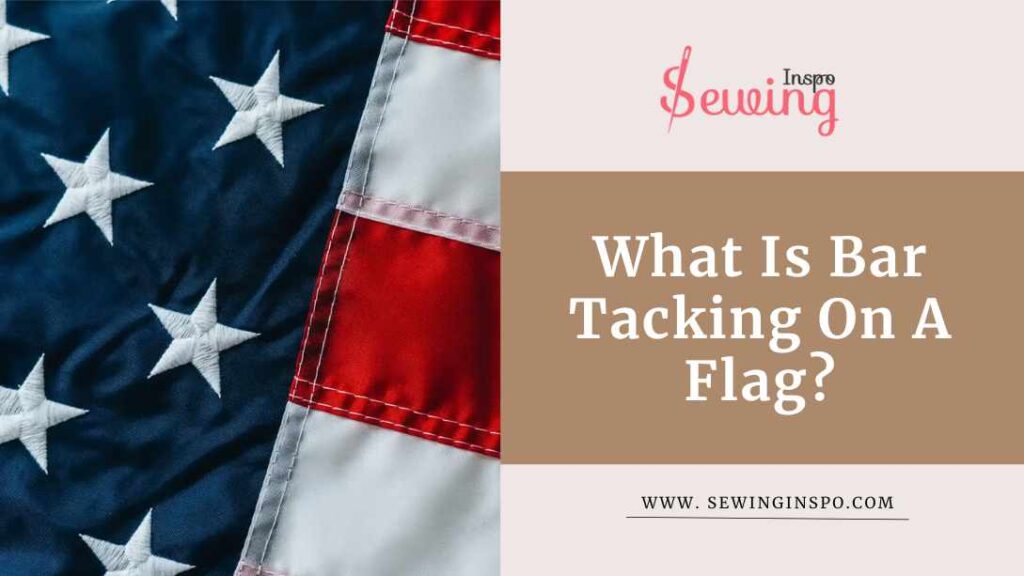
Typically, the bar tack stitch by hand uses a zig-zag stitch, creating a dense, secure hold that maintains the flag’s integrity over time. By using bar tacks in these critical areas, flag makers enhance the flag’s longevity and resilience, allowing it to fly proudly for years.
What Is Bar Tack Pocket?
A bar-tack pocket features bar-tack stitches for reinforcement, ensuring it can withstand stress and wear. These pockets are commonly found in denim garments, like jeans, where the added durability is crucial. The bar-tack stitches are typically located at the top edges of the pocket, helping to prevent tearing when items are inserted or removed.

Bar tacks strengthen the pocket and can add a decorative element, mainly if a contrasting thread color is used. Overall, bar tack pockets combine functionality with style, making them popular in casual and durable clothing.
What Is bartack stitch & How to Do bartack By Hand
Frequently Asked Questions(FAQ’s)
What Is The Purpose Of A Bar Tack?
The purpose of a bar tack is to reinforce areas of a garment that are prone to stress or wear. Commonly used in places like pocket openings, buttonholes, and belt loops, bar tacks provide additional strength to prevent fabric from tearing or fraying. They help maintain the garment’s integrity, ensuring it lasts longer and remains functional while adding a professional finish to the overall design.
What Setting Do You Sew Bar Tack?
You’ll want to set your sewing machine to a small zig-zag stitch to sew a bar tack. Generally, aim for a stitch length of 0.3 to 0.5 mm, which creates a very short stitch, and a width of 2 to 3 mm for a narrow zig-zag. These settings help create the tight, dense stitches needed for effective reinforcement.
Outro
After digging for hours, I now have a clear concept of what a bar tack stitch is.
I hope I cleared yours, too
But if you still have questions about other hand stitches, then stay in touch with us for more updates.
And learn about types of stitches.

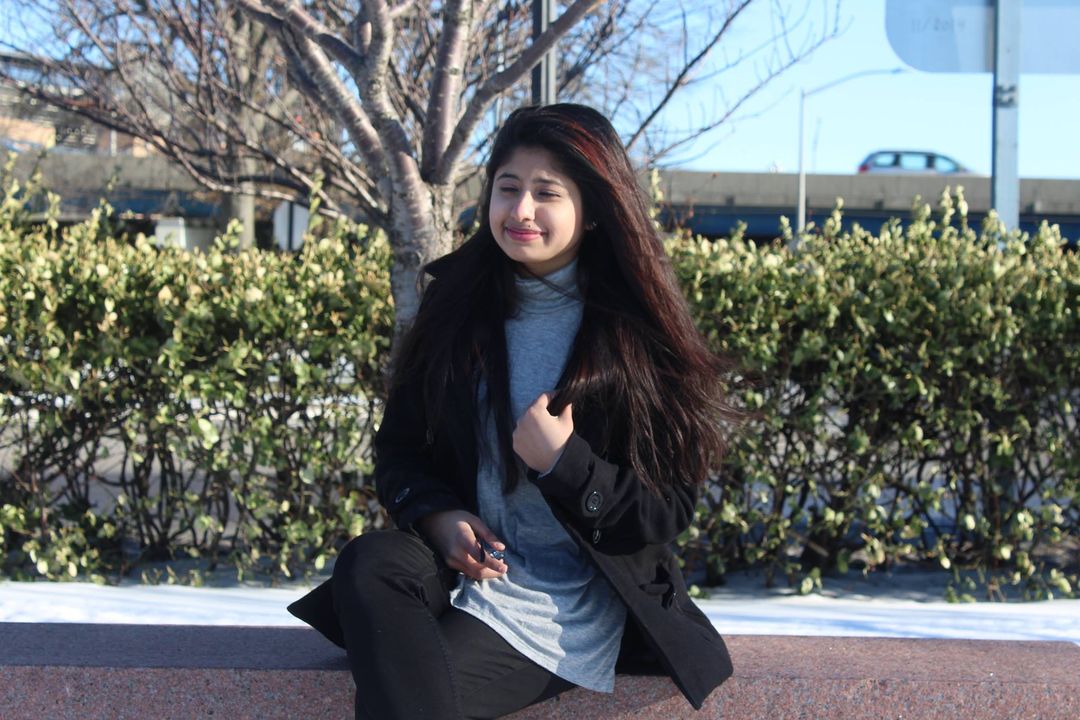

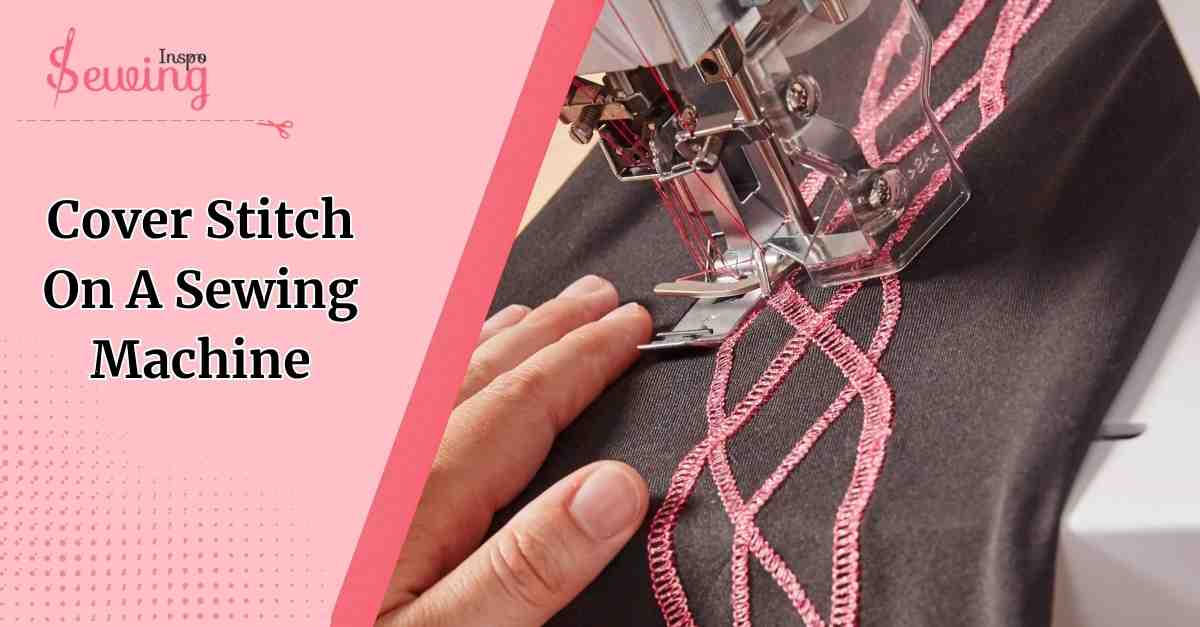
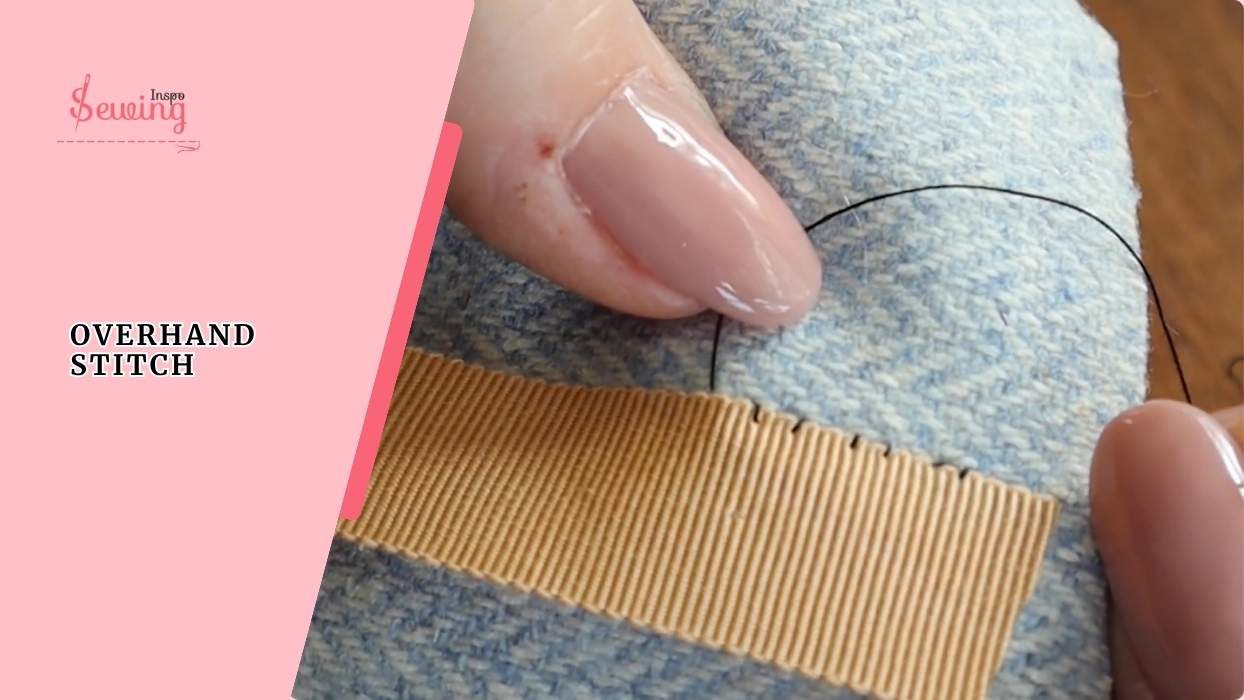
Leave a Reply